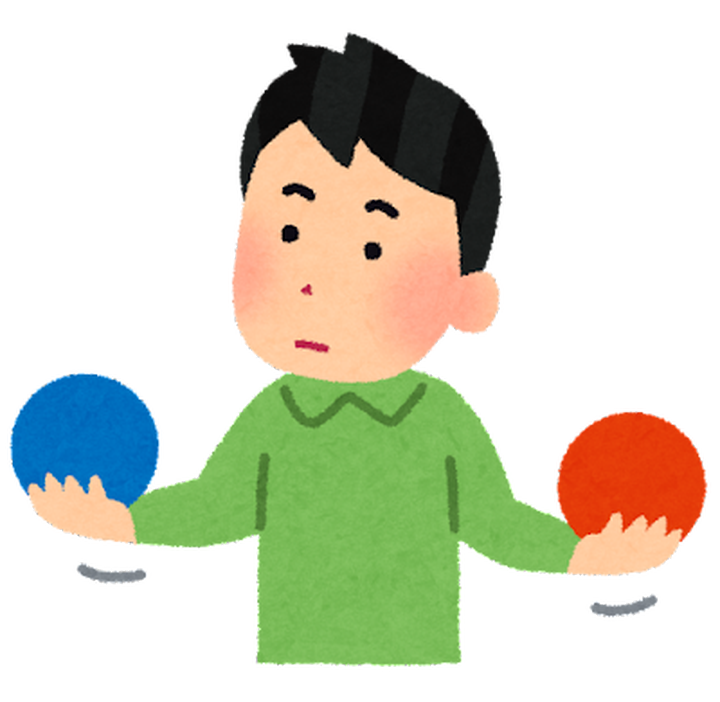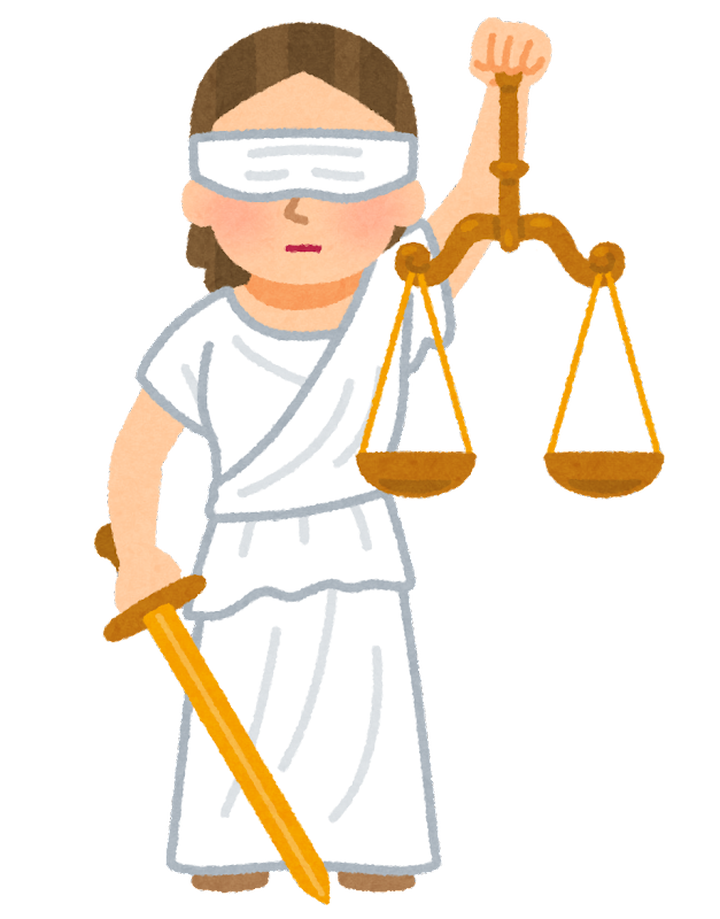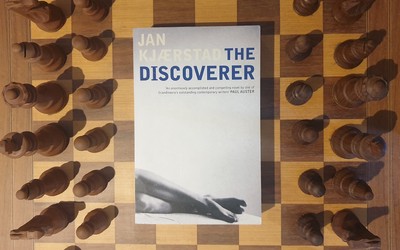
#27: Book review: Think Like a Super-GM
4.5/5—A puzzle book for the agesI recently finished Michael Adams & Philip Hurtado’s Think Like a Super-GM, the 2022 English Chess Federation Book of the Year, and I can confirm: it’s fantastic.
Here are 3 reasons why this unique work should be your next chess book.
1. You can compare your answers with players of different levels
The main part of the book is 40 positions you can try and ‘solve’ (decide on a move and calculate/evaluate its consequences). You mostly get marked on the key move and what you think the evaluation is (e.g. +3) following the best line of play. I liked how you had to have actually seen some of the key variations a few moves deep in some puzzles to score maximum points (guessing the move will only get you so far!).
The best thing about this book is that they’ve tested these 40 positions with 33 players ranging from beginners to Super-GMs, and for each puzzle, you can read transcripts of their thinking aloud, with timestamps, from when they were solving it.
So, instead of the standard solution with some commentary, in Think Like a Super-GM you get to compare your own thought process with others. In this day and age where reading others’ thoughts while sitting behind a screen is ‘more than normal’, you get to, let’s say, satisfy your voyeuristic tendencies (strictly in the platonic chess sense). You might find the thought process of stronger players particularly interesting and instructive.

Original illustration: irasutoya
2. The quality of the puzzles and analysis is top-notch
You solve puzzles, after all, to help you find better moves in a game—and the puzzles in this book emulate a game environment very well. You don’t know
- who’s better,
- how far ahead you should calculate, or
- whether you should be looking for a tactical shot or positional move.
You have to work it all out yourself, and the scoring criteria was also agreeable—clear explanations on why certain moves are better than others, with every puzzle’s solution and various players’ answers analysed and explained in great detail by Adams.
In my case, the results spoke for the accuracy of the scoring predictor in the book—I scored 74.6%, while the table in the book showed that a performance of 75% equated to a Elo rating of 2393 (pretty much my current rating!). 50% = 1834, 100% = 2953.

3. The findings and conclusions were instructive and useful
I was delighted with the 40 puzzles and their analyses, but the findings and insights in the summary sections were also top-notch. Here are a couple of highlights:
There is a direct correlation between a player’s strength and the amount of time and effort they put into falsifying their move.
For example, compared to a club player (1600–2000) who typically finds the best move in ~6 minutes, and only spend 2–3 minutes checking the variations, it took Adams a minute to find the best move and 7 minutes checking if it actually works.
GMs (and especially Super-GMs) base their decisions primarily on calculation.
You might think the strongest players choose better moves because of their knowledge and understanding—and of course, these and intuition help them hone into the best moves faster than other players—but they’re also far, far superior in calculating ability and give concrete conclusions. Hurtado suggests that compared to a good club level, where decisions are based roughly on 50% intuition and 50% calculation, at the highest level, it is more like 10% intuition and 90% calculation.

A minor gripe
The only thing about the book I wasn’t a fan of was how each puzzle had a difficulty level on a scale of 1 to 10. I don’t think the 33 subjects had this ‘hint’ when solving, and I thought it would have been more challenging but also more instructive if there were no such ‘hints’. In a game, you have no idea how difficult the next move is, and working on that skill of sensing and determining that is also a crucial one for players to hone.
For example, if you saw the difficulty level was low, you knew it would be a relatively obvious line of play or a tactical shot—while Level 10 puzzles, for examples, would require thinking more about candidate moves and was unlikely to be an easy tactic. In one of the early puzzles, which was Level 8, there was one move I immediately liked but I thought, “hmm, it can’t be this easy, it’s Level 8...” so I somehow forced myself to choose a more convoluted move, and of course, my first choice was correct.
If you want to emulate a game environment, hide the difficulty levels on the puzzles.
Thinking is not unifying or making the appearance familiar under the guise of a great principle. Thinking is learning all over again how to see, directing one's consciousness, making of every image a privileged place.
—Albert Camus, The Myth of Sisyphus
If you'd like to receive posts like this in your inbox, you can subscribe to my free newsletter at https://juntaikeda.substack.com/, now read by 800 people.



